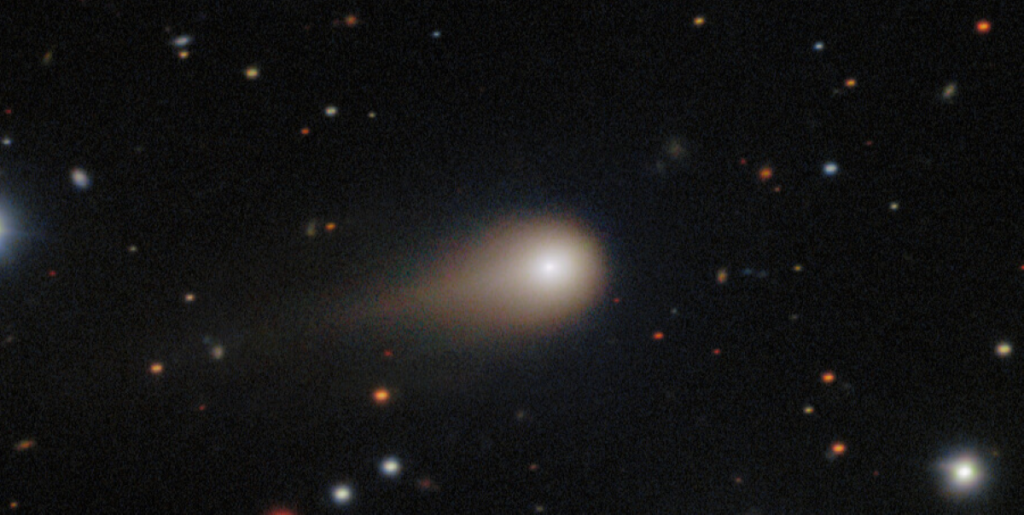For a brief moment, all eyes in the astronomy world turned toward the Sun.
Others are reading now
Hidden behind its glare, the interstellar comet 3I/ATLAS completed its closest approach, and new images from space show the mysterious visitor emerging once more into view.
Captured by one of NASA’s PUNCH probes, the first post-perihelion photograph of 3I/ATLAS confirms that the object survived its solar passage.
But did it behave exactly as expected?
A visitor from beyond
For several days, the comet was invisible from Earth, concealed behind the Sun.
When it reappeared, scientists quickly confirmed that it was moving just as predicted, proof, they say, that nothing extraordinary occurred during its closest approach.
Also read
Comet 3I/ATLAS is the third interstellar object ever observed after 1I/‘Oumuamua and 2I/Borisov.
In recent weeks, its approach sparked enormous curiosity, not only among professional astronomers but also among enthusiasts intrigued by the possibility of an artificial origin.
Strange behavior before perihelion
As it neared the Sun, the comet displayed unusual levels of activity.
Astronomers detected bright gas jets and an unexpected anti-tail, a dust stream appearing to point toward the Sun rather than away from it.
This optical illusion, caused by geometry and sunlight scattering, added to the mystery surrounding the object’s nature.
Speculation intensified when Harvard astrophysicist Avi Loeb proposed that the comet might not be natural at all, but rather an interstellar probe.
Also read
He suggested that if the object performed an Oberth maneuver, an acceleration during its closest solar pass, that would support the idea of artificial origin.
All signs point to nature
The latest tracking data, however, show no sign of such a maneuver.
According to automated monitoring systems, 3I/ATLAS passed both conjunction and perihelion smoothly, with no deviation in its predicted path.
Its speed and trajectory match the models for a naturally occurring comet.
Instruments aboard the PUNCH spacecraft confirmed this finding, showing a stable object shedding material in the typical fashion of icy interstellar visitors.
Also read
Why it still matters
The confirmation of its natural origin doesn’t lessen its importance.
Comet 3I/ATLAS began its journey in another star system and may have spent millions of years drifting through interstellar space before entering our Solar System.
For now, such objects are the only direct samples we have from beyond our own planetary neighborhood, natural messengers from distant worlds we cannot yet reach.
Yesterday’s perihelion marked a turning point. From this moment, 3I/ATLAS is on its way back into deep space, beginning its long outbound trajectory beyond the reach of the Sun.
What comes next
Astronomers aren’t done watching.
Also read
Between November 2 and 25, the European JUICE spacecraft, currently traveling toward Jupiter, will carry out remote observations using five onboard instruments.
These deep-space measurements could reveal more about the comet’s structure and chemical composition, though scientists will have to wait until February 2026 for the data to arrive.
Meanwhile, observers on Earth will also get a brief opportunity.
On December 19, 3I/ATLAS will make its closest approach to our planet — still a distant 269 million kilometers away, far beyond the reach of telescopes for casual stargazers but within range for large observatories.
Even without surprises, the passage of 3I/ATLAS offers a rare look at material from another star.
Its quiet journey through our Solar System reminds scientists just how vast — and interconnected — the galaxy can be.
Sources: ESA, NASA, Unian, WP


